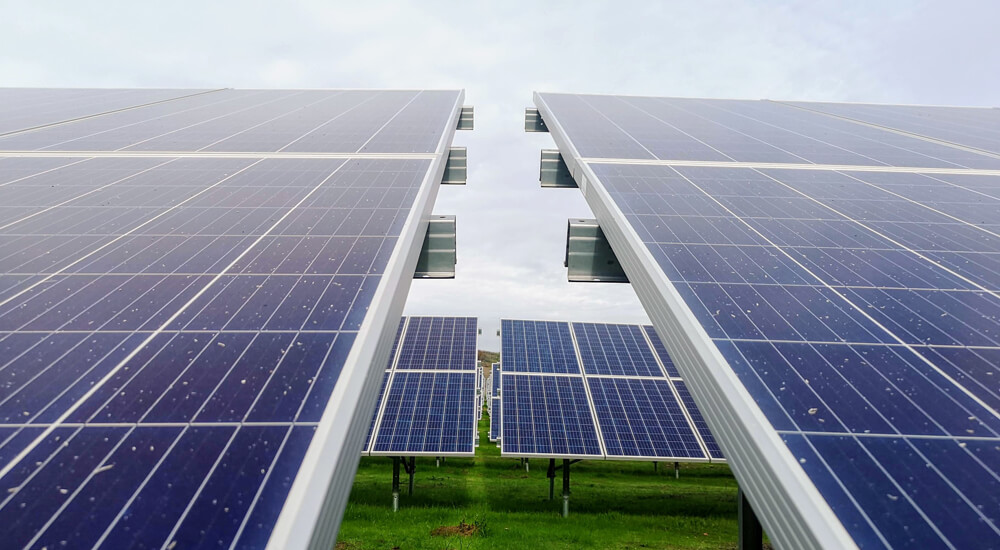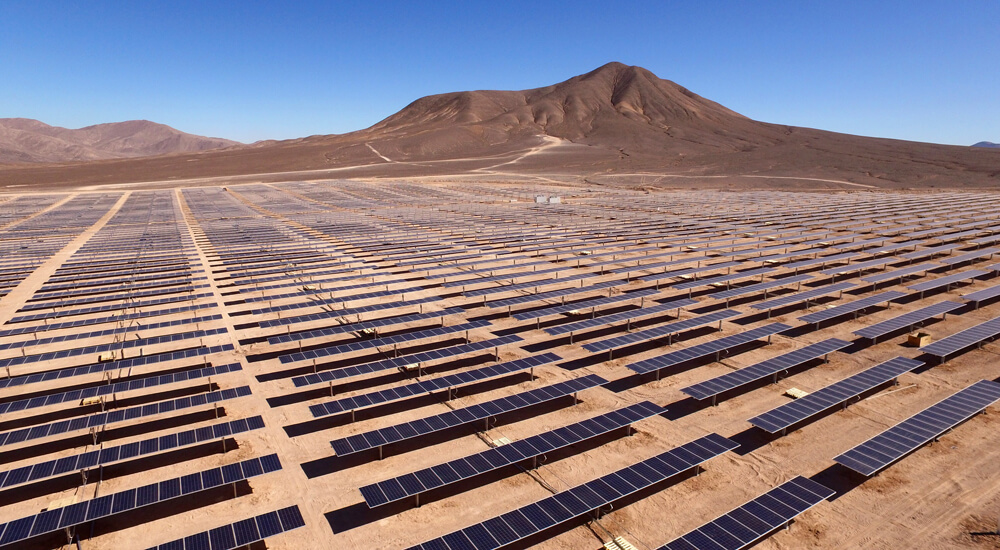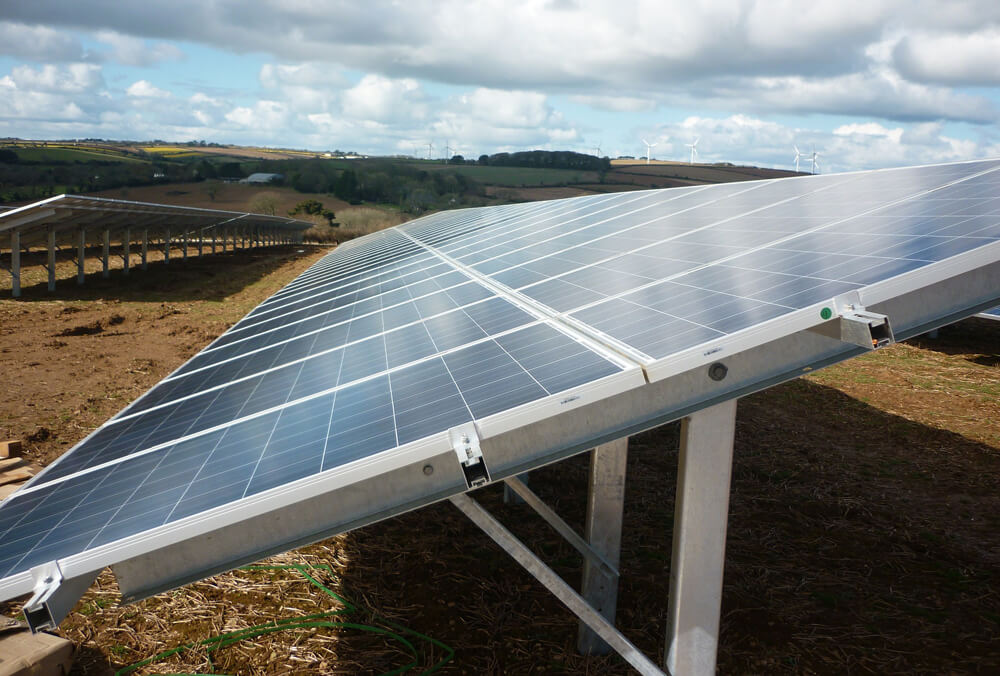In recent decades, as solar adoption grows, an essential yet underemphasized component emerges: solar racking. These foundational structures optimize sunlight capture, ensuring stability and longevity. Without suitable racking, even top-tier solar panels can underperform, underscoring its vital role in solar energy systems.
Defining Solar Racking
Solar racking, in essence, is the framed structure on which solar panels are mounted. Whether on the ground, on a rooftop, or integrated into building materials, the framework provides the necessary support to ensure panels fix in place, undisturbed by external factors like wind or seasonal changes.
The primary functions of solar racking in a solar panel system are manifold:
Support and Stability:
Solar racks provide a sturdy foundation, ensuring that panels are secure. Given the lifetime of solar panels – often spanning several decades – having a reliable racking system is paramount to ensure they remain intact and functional throughout their serviceable life.
Optimal Positioning:
Solar energy generation depends on the angle at which sunlight strikes the panel’s surface. Racking systems are designed to position panels at angles that capture sunlight most efficiently, whether a fixed tilt or a dynamic structure that moves with the sun.
Facilitating Airflow:
A well-designed racking system elevates solar panels, allowing for airflow beneath them. This airflow helps in cooling the panels, which can enhance efficiency, as solar panels tend to operate less efficiently at higher temperatures.
Ease of Maintenance:
By elevating and securing solar panels, racking systems provide easier access for maintenance tasks. Whether it’s cleaning the panel surfaces or checking for potential issues, a good racking system makes these tasks more straightforward.
In essence, while solar panels are the stars of the show, racking systems play a vital supporting role, ensuring the entire setup functions smoothly, efficiently, and durably.

Significance of Solar Racking
Solar racking is not just a mere accessory in the world of photovoltaic installations. It’s an essential component, one that shoulders multiple responsibilities to ensure the entire system functions efficiently and safely. Its significance can be broken down into several key areas:
Ensuring Safety and Stability:
Solar panels need robust support to withstand nature’s forces. A strong racking system provides this, ensuring panel stability. Improper racking risks financial losses, injuries, and reduced energy production, emphasizing the vital role of proper solar racking in safety and efficiency.
Maximizing Energy Output:
The sun’s position varies daily and seasonally. For peak solar efficiency, panels must align optimally with the sun. Racking systems, particularly adjustable ones, are crucial in optimizing panel angle, and maximizing the energy produced throughout a panel’s lifespan.
Protection Against Environmental Elements:
Solar installations face environmental challenges like wind, rain, snow, and coastal salt. A well-designed racking system combats these:
- Elevating panels for snow runoff
- Minimizing wind resistance aerodynamically
- Resisting rust and corrosion with quality materials
Types of Solar Racking Systems
The diversity in solar racking systems reflects the wide array of needs and challenges presented by different installation sites and goals. Here’s a deeper look into some of the most common types:
Fixed Tilt Solar Racks:
Static structures holding panels at a set angle, determined by site latitude. Ideal for consistent sunlight angles and both large-scale farms and residential use.
Solar Tracking Systems:
Dynamic systems that adjust panel positions to follow the sun, boosting energy output. Two types: single-axis and dual-axis. Best for areas with extended daylight.
Ground Solar Mounts vs. Roof Solar Mounts:
Ground Mounts: Installed on land, flexible in scale, can use tracking systems.
Roof Mounts: Space-efficient setups on building tops, typically fixed tilt due to constraints.
Specialty and Custom Solar Racks:
Racks designed for unique needs, like architectural aesthetics or challenging environments. Examples include carport installations and floating solar farms.

Advantages of a Properly Chosen Solar Racking System
Increased Durability and Lifespan:
A well-selected racking system provides robust support, protecting panels from environmental stressors. By reducing wear and tear, the entire solar installation enjoys an extended service life and minimized premature failures.
Ensuring Efficient Energy Generation:
The right racking system optimally positions panels for maximum sunlight exposure. By maintaining the ideal tilt and orientation, it ensures panels operate at peak efficiency, leading to consistent and maximized energy output.
Simplification of Maintenance Tasks:
A thoughtfully chosen racking design facilitates easier access to panels. This means quicker inspections, efficient cleaning, and streamlined repair processes, all of which contribute to the longevity and performance of the solar installation.
Considerations when Choosing a Solar Racking System
Site Assessment:
Before selecting a racking system, understanding the installation site is crucial. Consider the soil quality which affects the stability of ground mounts. Ground inclination can influence the type and design of the racking chosen. Additionally, potential shading from nearby structures or trees can impact panel efficiency and dictate racking height or positioning.
Environmental Considerations:
Different locations present varied environmental challenges. In windy areas, a racking system with strong wind resistance is paramount. Regions prone to heavy snowfall require racks that can bear additional weight and facilitate snow shedding. For coastal areas, corrosion resistance is essential due to the salt in the atmosphere.
Cost and Budget:
While it’s tempting to opt for the most advanced racking systems, budget constraints can be a factor. It’s essential to strike a balance between cost and quality, ensuring that the chosen system offers the best value for money. Factors like warranty, material quality, and brand reputation can be weighed against the available budget.
Expansion Potential:
Future-proofing is wise in the ever-evolving world of solar energy. If there’s a possibility of adding more panels later, the chosen racking system should be scalable. Opt for systems that offer easy integration of additional panels without the need for a complete overhaul.
Solar racking plays a pivotal role in optimizing and safeguarding solar installations. Its importance extends beyond mere support, influencing energy efficiency and system longevity. As the push for renewable energy grows, it’s crucial for prospective solar adopters to research diligently and consult experts, ensuring their chosen racking system aligns with both immediate needs and long-term aspirations.
















